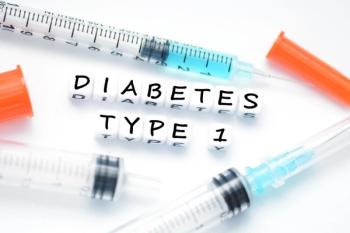
Numerous tools, technology platforms, and interventions have been developed to help teens with the difficult emotional and physical weight of managing the disease.
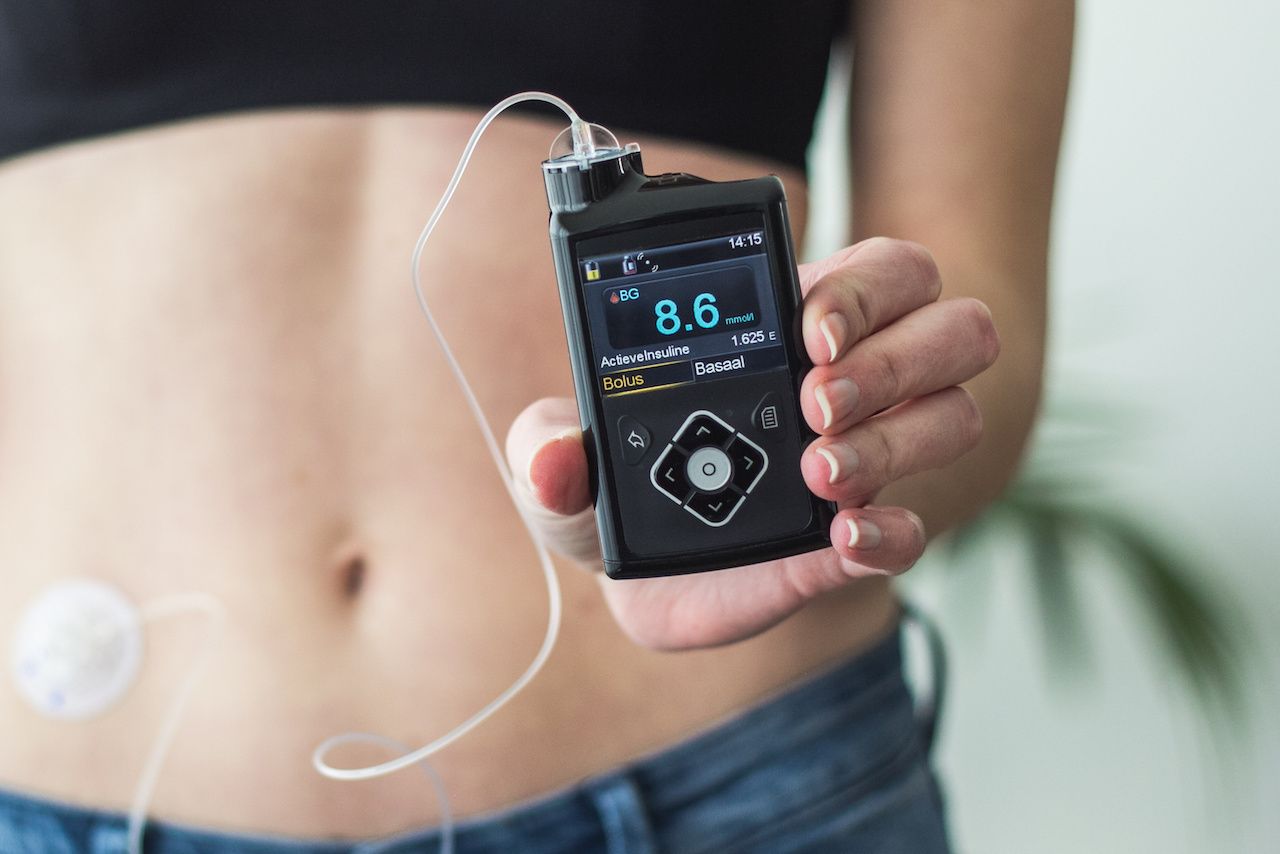

Numerous tools, technology platforms, and interventions have been developed to help teens with the difficult emotional and physical weight of managing the disease.
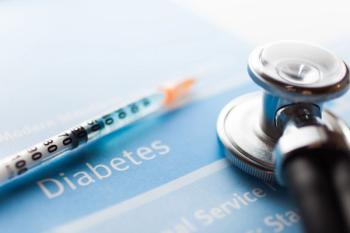

Continuous glucose monitor and insulin pump use improved HbA1c.

When employed as a prescreening tool, care must be taken to avoid overdiagnosis of healthy individuals without diabetes.

When employed as a prescreening tool, care must be taken to avoid overdiagnosis of healthy individuals without diabetes.
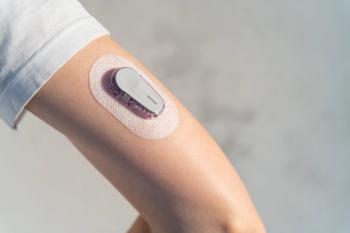
The iLet Bionic Pancreas combines data from the Dexcom G6 CGM with different algorithms to deliver insulin throughout the day.
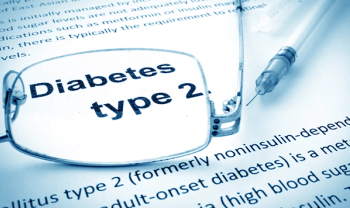
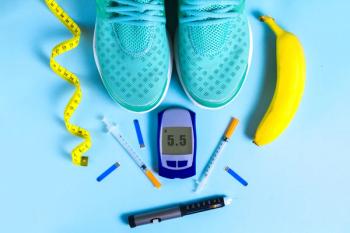
Doing small spurts of exercise throughout the day provide numerous benefits.

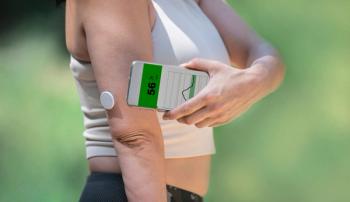
What can CGM's provide for individuals who don't have diabetes?
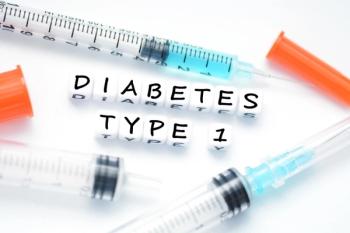
The MiniMed 780G has been available in Europe since 2020.
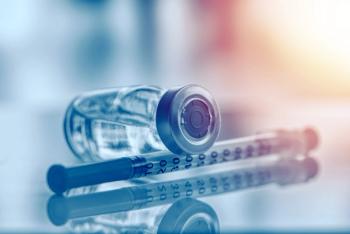
The drug is the first and only therapy to delay the onset of stage 3 type 1 diabetes.
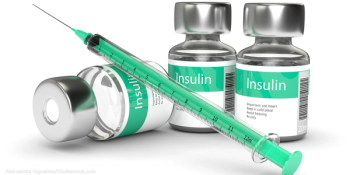
Proposed legislation would cap the price of insulin at $35 for a 30-day supply.
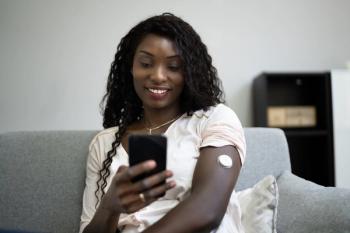
Continuous glucose monitors are poised to change diabetes management for patients.

Pharmacists can provide support and guidance to patients during their month of fasting.

Various issues were mitigated when patients were given proper training and supplies.
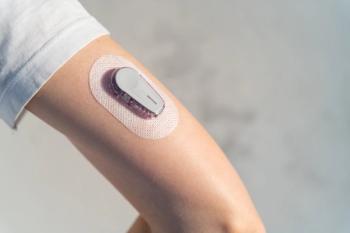
According to 2 conference abstracts, CGM’s are effective in treating T2D and chronic kidney disease, but more data may be required to complete the picture.
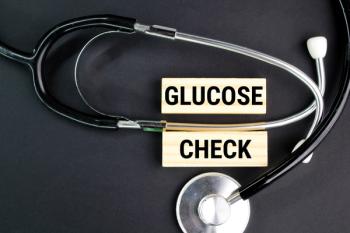
The CGM provides accurate readings over 10.5 days of continuous wear.
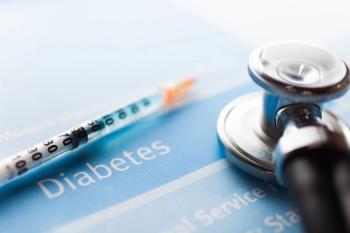
Significant differences in the use of insulin pump and/or CGM technology were noted based on demographic and socioeconomic factors

Dexcom expects the device to launch in the United States early next year.

New research adds more evidence of Black patients facing disparities in diabetes care.
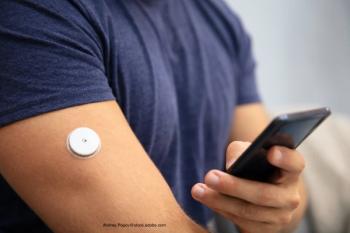
Research shows that an increase in intermittent scanning helps improve glycemic control and reduce the fear of hypoglycemia.

Examining the benefits of using flash glucose monitoring in patients with type 1 diabetes.

The iLet Bionic Pancreas was associated with improved glycemic control and time in target glucose range compared to standard care in a cohort of people with type 1 diabetes aged 6-79 years of age.
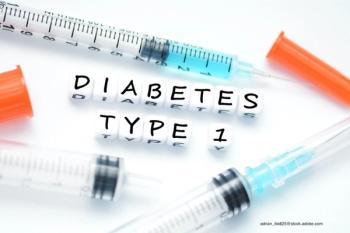
Modeling indicates a significant increase in patients with type 1 diabetes over the next several years.